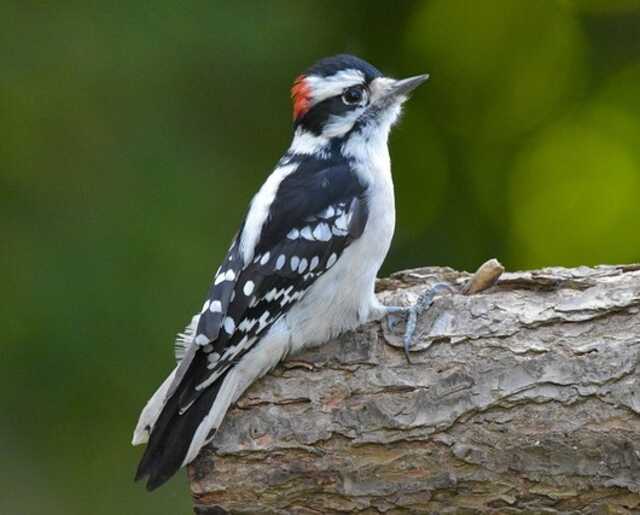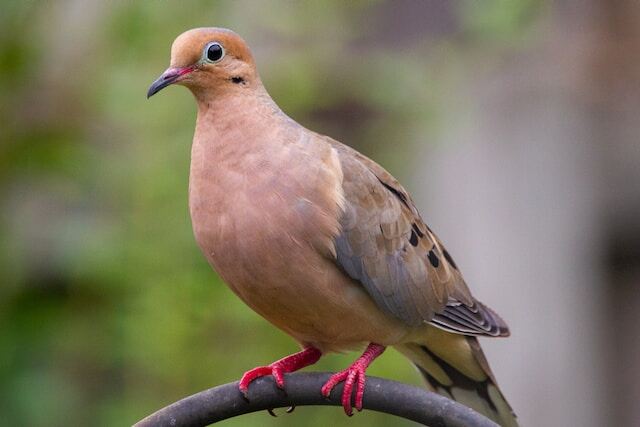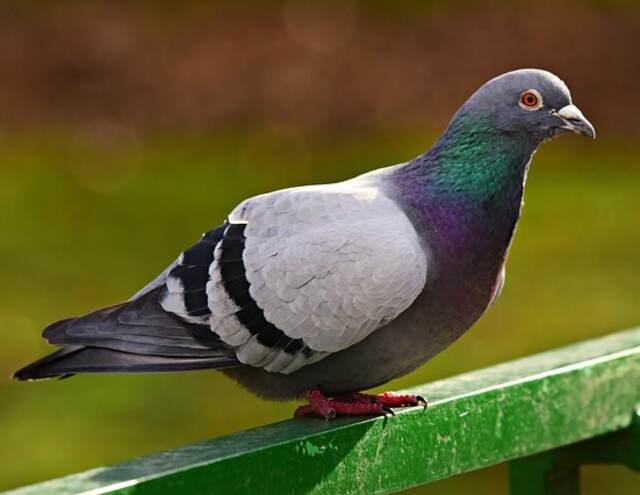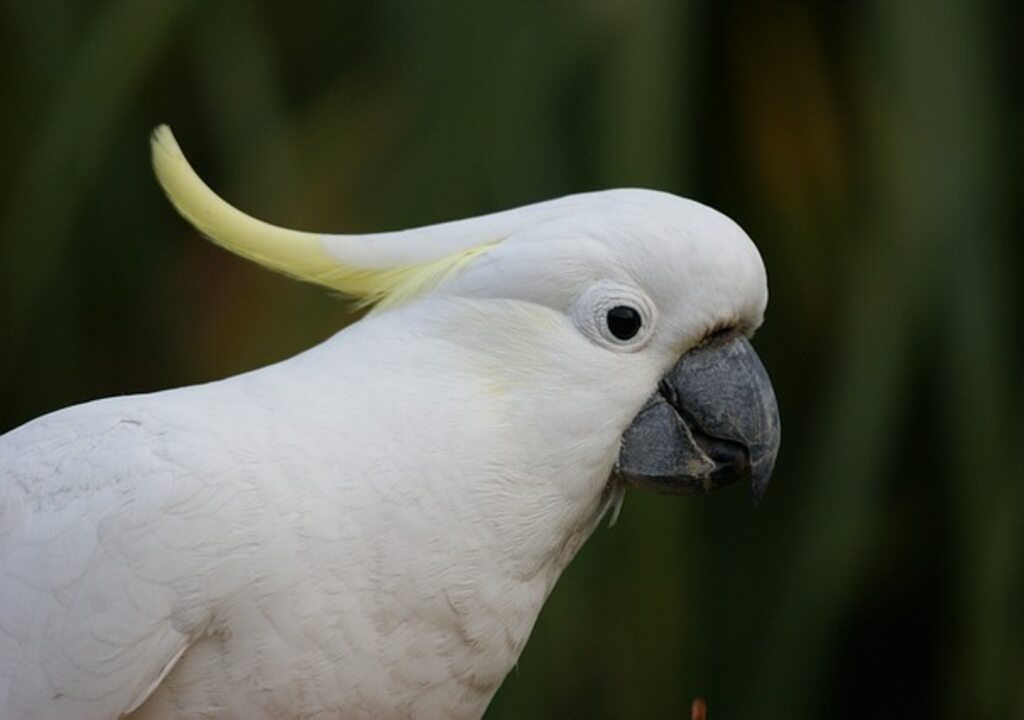Birds are fascinating creatures with unique forms of communication. One of the most intriguing aspects of avian communication is when they click their beaks. This behavior has puzzled scientists and bird enthusiasts alike, leading to numerous studies and research.
In this article, we will explore the nature of avian beak behavior, the communication aspect of bird beak behavior, the different sounds produced by bird beak clicking, and the purposes behind this behavior.
Table of Contents
- 1 Key Takeaways:
- 2 Understanding Why Do Birds Click Their Beaks
- 3 The Nature of Avian Beak Behavior
- 4 Beak Communication in the Avian World
- 5 The Sounds of Beak Clicking
- 6 The Purpose Behind Beak Clicking
- 7 Research on Bird Beak Clicking
- 8 Beak Clicking Patterns in the Wild
- 9 Decoding the Language of Beak Clicking
- 10 Conclusion
- 11 FAQs: Why Do Birds Click Their Beaks?
- 11.1 What is bird beak clicking?
- 11.2 Why do birds click their beaks?
- 11.3 How do birds use beak clicking to communicate?
- 11.4 What sounds do bird beak clicking produce?
- 11.5 Is there any research on bird beak clicking?
- 11.6 Do different bird species have different beak clicking patterns?
- 11.7 Can we understand the messages conveyed through bird beak clicks?
- 12 Author
Key Takeaways:
- Bird beak clicking is a unique form of avian communication.
- Understanding the nature of avian beak behavior is important to comprehend the significance of bird beak clicking.
- There are different sounds produced by bird beak clicking with different meanings.
- Birds click their beaks for various reasons, including territorial defense, courtship displays, and warning signals.
- Scientific research has been conducted to understand bird beak clicking patterns, providing insights into their evolutionary significance.

Understanding Why Do Birds Click Their Beaks
Birds use their beaks for a variety of purposes, from feeding to grooming to communication. One behavior that is sometimes observed in birds is the clicking of their beaks. While the exact reason for this behavior is not fully understood, it is believed to be a form of communication between birds.
Some birds, such as parrots and cockatiels, are known to click their beaks in response to their owners or in anticipation of being fed. Other birds, such as doves and pigeons, may click their beaks during courtship displays or as a way of establishing dominance over other birds.
In some cases, birds may also click their beaks as a way of regulating their body temperature, particularly in hot or humid environments.
While the exact function of beak clicking may vary among different bird species and situations, it is clear that this behavior plays an important role in bird communication and social interactions.
The Nature of Avian Beak Behavior
The beak is one of the most fascinating anatomical structures of birds. It is a versatile tool that serves multiple purposes, from feeding to grooming and even defense. The beak’s shape, size, and strength are adapted to the specific needs of different bird species, and its behavior is an essential aspect of avian communication and social behavior.
The Role of the Beak in Feeding
The beak is primarily used for feeding and plays a crucial role in birds’ survival. It is adapted to the specific type of food that a bird eats, whether it is seeds, insects, fruit, or prey. Beak shapes can vary greatly between bird species, from the thin and pointed beak of a hummingbird to the broad and powerful beak of an eagle.
The beak’s unique structure and function enable birds to crack open seeds, crush hard-shelled insects, and tear apart flesh from prey. The beak also contains specialized sensory organs that allow birds to detect and manipulate food items. For example, some birds have tongue-like extensions in their beaks that help them to gather nectar or extract insects from narrow crevices.
The Beak as a Tool for Grooming and Nest Building
Aside from feeding, the beak is also an essential tool for grooming and maintaining feathers. Birds use their beaks to preen their feathers, removing dirt and parasites and spreading protective oils across their feathers’ surface. They also use their beaks to maintain their nests, from gathering materials to shaping them into a secure structure.
Beak Display in Territorial Behavior
The beak is also an important aspect of avian social behavior, particularly in territorial displays. Some bird species use their beaks to communicate and establish dominance over their territories and mates. For example, some male birds engage in beak fencing, where they stand face to face and repeatedly tap their beaks together in a display of aggression. Other birds, such as herons and cranes, use their beaks to point and gesture, signaling their presence and warning off intruders.
In conclusion, the beak is a remarkable anatomical structure that serves multiple functions in birds’ lives. Its behavior is a crucial aspect of avian communication and social interactions and offers a fascinating insight into the world of birds.

Beak Communication in the Avian World
Birds have an incredible range of non-vocal communication methods, and beak clicking is one of the most fascinating. Not only can birds use their beaks for eating, grooming, and manipulating objects, but also as a tool for communication. Beak clicking is found in a variety of bird species, and it is especially common among parrots, doves, and woodpeckers.
When it comes to beak communication, the sound produced by the beak clicking is just as important as the physical motion of the beak itself. Birds use different types of clicks, each with their own unique sound and meaning. Soft clicks are often used for friendly interactions, while rapid and loud clicks can signal warning or aggression.
Establishing Social Hierarchies
One of the primary ways that birds use beak clicks to communicate is by establishing social hierarchies within flocks. In some bird species, the dominant individuals will click their beaks more frequently and in a more pronounced manner than subordinate birds.
Additionally, beak clicking can be used as a way to resolve conflicts within the flock. When two birds have a territorial dispute or are vying for a mate, beak clicks can serve as a way to establish dominance without physical contact.
Non-Vocal Communication
Unlike vocalizations, beak clicks do not require the same level of energy or vocalization control. This makes them an ideal way for birds to communicate in situations where silence is necessary or where vocalizations may not be heard, such as in windy or noisy environments.
Additionally, beak clicks can serve as a way for birds to communicate without drawing attention to themselves. This is especially important for birds that are trying to avoid predators or potential threats to their offspring. By using beak clicks instead of vocalizations, birds can communicate with each other while remaining discreet and avoiding detection.
In conclusion, beak communication is an important component of avian communication, allowing birds to convey messages, establish social hierarchies, and communicate without alerting predators. By understanding the intricacies of beak clicks, researchers can gain insights into the behavior and communication patterns of different bird species.
The Sounds of Beak Clicking
Bird beak clicking sounds vary in intensity and duration, from soft clicks to long, loud snaps. Some species even produce a distinctive sound that resembles a metallic click. The sounds are created by the rapid movement of the upper mandible against the lower mandible of the beak.
Beak clicking sounds are often used as a form of communication between birds, especially during courtship and territorial displays. Some birds click their beaks to establish dominance or to signal aggression towards other birds. For example, the African Grey Parrot produces a loud snapping sound with its beak as a warning signal to other parrots.
In addition to communication, beak clicking also serves a functional purpose in certain avian activities. For instance, some birds click their beaks while feeding to crack open seeds or nuts. Other birds use their beaks to groom their feathers, and the clicking sound helps to dislodge dirt or parasites.
Types of Beak Clicking Sounds
Beak clicking sounds can be categorized into two main types: single clicks and multiple clicks. Single clicks consist of one, brief sound, while multiple clicks are a rapid sequence of clicks that can last up to several seconds.
The length and frequency of beak clicking sounds can also convey different messages. Longer and more frequent clicks may indicate aggression or excitement, while shorter and less frequent clicks may be a sign of contentment or relaxation.
Some birds also have the ability to produce synchronized beak clicking patterns within a flock. This coordinated clicking behavior is often observed during mating rituals or when birds are foraging for food together.
The Purpose Behind Beak Clicking
Bird beak clicking is not a random behavior; rather, it serves specific purposes in avian communication. One of the primary reasons for beak clicking is territorial defense. Birds use clicks to warn off potential intruders and protect their breeding territories. Courtship displays are another reason for beak clicking. During courtship, male birds will click their beaks to attract a mate and signal their interest.
Beak clicking can also serve as a warning signal in response to perceived threats. Some bird species use clicks to deter predators and other potential threats to their safety. Additionally, beak clicking can be useful for maintaining social hierarchies within a flock. Birds may use clicks to establish dominance or submission to other birds in their group.
It is important to note that the purpose behind beak clicking can vary between different bird species. Some birds may use clicks more frequently than others, and the context in which clicks are used can also differ. By understanding the purpose behind beak clicking, we can gain insights into avian behavior and communication.

Research on Bird Beak Clicking
Scientific research has been conducted to study the behavior of bird beak clicking, providing insights into the evolutionary significance and communication patterns of this behavior.
One study conducted by ornithologists at the University of Hamburg found that beak clicking in some birds is associated with courtship displays and mate selection. Male blue-crowned manakins, for example, perform a complex courtship dance that incorporates beak clicking along with synchronized wing and body movements to attract a female mate.
Another study conducted by researchers at the Max Planck Institute for Ornithology examined the role of beak clicking in alarm calls among flocks of European starlings. The study found that starlings use beak clicking to communicate the presence of predators and distinguish between different types of danger, such as aerial predators versus ground predators.
Research has also revealed differences in beak clicking behavior between bird species. For example, some species, such as pigeons, produce softer, more frequent clicks during relaxed behavior, while others, such as parrots, produce louder, more rhythmic clicks during aggressive displays.
Studies on Vocal Learning and Beak Clicking
Researchers have also explored the relationship between vocal learning and beak clicking in birds. Vocal learning, the ability to learn and imitate sounds, is a rare trait found in only a few bird species, including parrots, songbirds, and hummingbirds. Studies have revealed that some vocal learners also exhibit beak clicking behavior, suggesting a link between the two abilities.
One study conducted by researchers at Duke University found that zebra finches, a species of songbird known for their vocal learning abilities, also exhibit beak clicking behavior. The study revealed that beak clicking in zebra finches is context-dependent and may be used as a form of non-vocal communication.
Overall, research on bird beak clicking has provided valuable insights into avian communication patterns and behavior. As further studies are conducted, scientists will continue to gain a deeper understanding of the evolutionary significance and messages conveyed through this fascinating behavior.
Beak Clicking Patterns in the Wild
Observing birds in their natural habitats has revealed a wide variety of beak clicking patterns used for communication. Rhythmic patterns, rapid clicking, and synchronized clicks within a flock are just a few of the behaviors that researchers have documented.
Some species, such as the Herring Gull, use beak clicks as a territorial defense mechanism. When a neighboring gull enters the territory, the resident gull may respond with a series of aggressive beak clicks to deter the intruder.
Other birds, such as the American Goldfinch, use beak clicks as part of their courtship display. Males may click their beaks rapidly to attract females and establish dominance over other males.
In flocks, birds may synchronize their beak clicks as a form of social bonding and communication. This behavior is most commonly observed in birds such as parrots and cockatoos.
Overall, the different beak clicking patterns observed in the wild highlight the versatility and importance of this behavior in avian communication.

Decoding the Language of Beak Clicking
Despite the intriguing and complex nature of avian communication, deciphering the language of beak clicking poses unique challenges.
For starters, interpreting beak clicks requires a thorough understanding of the bird species, their social behavior, and the context in which the clicks occur. This is because beak clicks often vary greatly in sound and frequency and can convey different messages depending on the circumstances.
In addition to sound, researchers have also uncovered the role of non-vocal cues such as body posture and feather position that can influence the meaning of beak clicks. For instance, a bird that engages in beak clicking while fluffing its feathers may convey a different message than one that clicks its beak while standing upright.
Despite these challenges, researchers have made significant progress in understanding the language of beak clicking in various bird species. For example, studies have shown that some bird species use beak clicks to establish social hierarchies and communicate dominance, while others use the behavior as a form of courtship display.
Overall, while decoding the language of beak clicking remains a complex and ongoing endeavor, continued research is likely to provide fascinating insights into the behavior and communication of birds.
Conclusion
In conclusion, the phenomenon of bird beak clicking is a fascinating aspect of avian behavior that plays a crucial role in communication and social interactions among birds. The versatile and multifunctional nature of avian beaks enables birds to engage in a variety of activities, from feeding and grooming to establishing social hierarchies.
Beak clicking has been observed in a wide range of bird species, with different types of clicks serving various purposes, including territorial defense, courtship displays, and warning signals. While scientists have made significant progress in understanding the behavioral patterns and evolutionary significance of beak clicking, there is still much to learn about the complexities of avian communication.
Deciphering Beak Clicking
Decoding the language of beak clicking remains a challenge for researchers, as the messages conveyed through clicks are often contextual and can be influenced by a variety of factors. However, recent studies have shown that beak clicks can be used in combination with other non-vocal cues, such as body posture and feather position, to provide a more complete understanding of avian communication.
Overall, understanding why birds click their beaks and the significance of this behavior is an important area of study that sheds light on the fascinating world of avian communication.

FAQs: Why Do Birds Click Their Beaks?
What is bird beak clicking?
Bird beak clicking refers to the sound produced by birds when they rapidly open and close their beaks. It is a common behavior observed in various bird species.
Why do birds click their beaks?
Birds click their beaks for several reasons, including territorial defense, courtship displays, and warning signals. The purpose of beak clicking can vary between species and situations.
How do birds use beak clicking to communicate?
Birds use beak clicking as a form of communication to convey messages to other birds and establish social hierarchies. The sound and intensity of beak clicks can signal different intentions and emotions.
What sounds do bird beak clicking produce?
Bird beak clicking can produce a range of sounds, from soft clicks to louder snaps. The exact sound depends on the species and the context in which the beak clicking occurs.
Is there any research on bird beak clicking?
Yes, scientific studies have been conducted on bird beak clicking to understand its behavioral patterns and evolutionary significance. Research has provided valuable insights into this fascinating behavior.
Do different bird species have different beak clicking patterns?
Yes, different bird species may exhibit unique beak clicking patterns. These patterns can vary in terms of rhythm, speed, and synchronization within a flock.
Can we understand the messages conveyed through bird beak clicks?
Decoding the language of bird beak clicking is a challenging task. While progress has been made in understanding the meaning behind beak clicks, it often requires considering context and other non-vocal cues.


